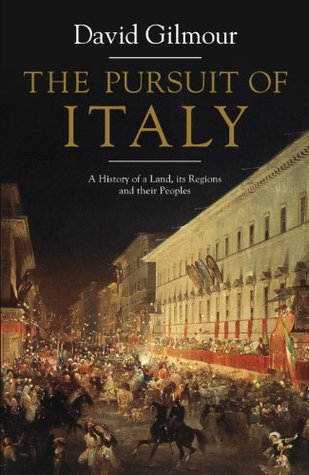
The Pursuit of Italy
A History of a Land, its Regions and their Peoples
کتاب های مرتبط
- اطلاعات
- نقد و بررسی
- دیدگاه کاربران
نقد و بررسی

Starred review from August 15, 2011
By 1861, the Kingdom of Italy was formally proclaimed, and it included the territories of Parma, Modena, Tuscany, most of Lombardy, most of the Papal States, and the Kingdom of the Two Sicilies. Yet, as acclaimed historian Gilmour points out in this absorbing history , many individuals living in the various regions of the new nation regarded unification with suspicion and continued to think of themselves as Tuscans or Sicilians or Neapolitans or Venetians. In captivating prose, Gilmour chronicles the history of Italy by exploring the many Italies that compose the peninsula. For example, Virgil believed that the country was a place of extraordinary diversity, but that its strength lay in unity in diversity; for him, Roman Italy was not a glorified city-state but an entity that resembled a nation, a territory of shared values and experiences. Augustus, on the other hand, believed Italy was not a cohesive unit but an administrative convenience; he divided this unit into 11 regions whose ethnic unity he carefully preserved. The great Roman orator, Cicero, thought of Rome as his homeland as a citizen, but called the region of his birth his ancestral homeland. Through reflections on his travels to Italy’s many regions, Gilmour discovers that essential Italy remains the Italy of its communes. In Italy, the parts of the nation are greater than its whole, so that a single region, such as Tuscany or the Veneto, could rival every other country in the world in the quality of its art and the civilization of its past. In the case of Italy, though, the parts have not added up to a coherent or identifiable whole. Gilmour’s compelling look into Italy’s past as a way of understanding its present offers a fascinating glimpse of the failures and triumphs of the country.

























دیدگاه کاربران